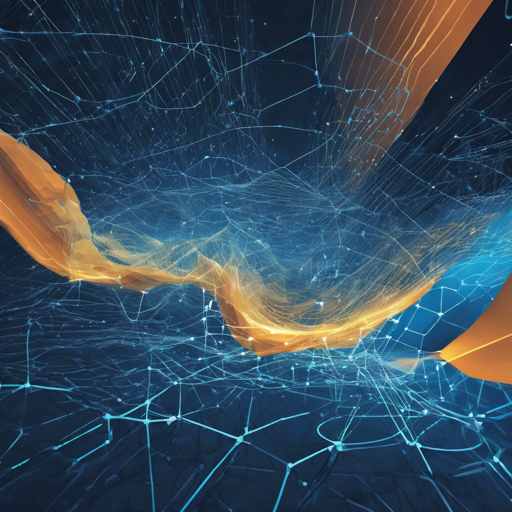Deep Learning has revolutionized the way we approach problems in artificial intelligence. It allows us to train models that can learn from vast amounts of data, mimicking human decision-making processes. This blog will guide you through the essentials of the Deep Learning course offered at Master Year 2 Data Science at IP-Paris.
Course Overview
The course is structured to cover the basics of Deep Learning with a focus on practical applications. You will find lecture slides that delve into various topics, as well as lab notebooks to deepen your understanding through hands-on experience.
Table of Contents
- Intro to Deep Learning
- Neural Networks and Backpropagation
- Embeddings and Recommender Systems
- Convolutional Neural Networks for Image Classification
- Deep Learning for Object Detection and Image Segmentation
- Recurrent Neural Networks and NLP
- Sequence to sequence, attention and memory
- Expressivity, Optimization and Generalization
- Imbalanced classification and metric learning
- Unsupervised Deep Learning and Generative models
Understanding the Code: An Analogy
Throughout the course, you’ll encounter various code implementations in languages such as Python, utilizing libraries like Keras and TensorFlow. Imagine you are a chef in a kitchen preparing a gourmet meal. Each ingredient (data) is crucial for the dish (model) to turn out delicious (accurate). You carefully measure, mix, and cook (train the model) using specific techniques (algorithms) tailored for particular dishes (tasks like classification or detection). As you improve your culinary skills (programming skills), you may start experimenting and creating your own recipes (custom model architectures).
Lab Notebooks
The lab sessions are designed to provide practical exposure to deep learning. You can access the Jupyter notebooks hosted in the GitHub repository. To get started, run the following command:
git clone https://github.com/m2dsupsdlclass/lectures-labsDo remember, these notebooks work best with Keras and TensorFlow. For detailed instructions regarding installation, click here.
Troubleshooting Ideas
If you face issues while running the notebooks or understanding the content, here are some troubleshooting tips:
- Ensure that you have all required libraries installed.
- Check that your Python environment is correctly set up.
- If notebooks don’t render correctly, try refreshing your browser or clearing your cache.
- For specific code issues, compare your implementation with the provided solutions in the notebooks.
For more insights, updates, or to collaborate on AI development projects, stay connected with fxis.ai.
Final Thoughts
At fxis.ai, we believe that such advancements are crucial for the future of AI, as they enable more comprehensive and effective solutions. Our team is continually exploring new methodologies to push the envelope in artificial intelligence, ensuring that our clients benefit from the latest technological innovations.

